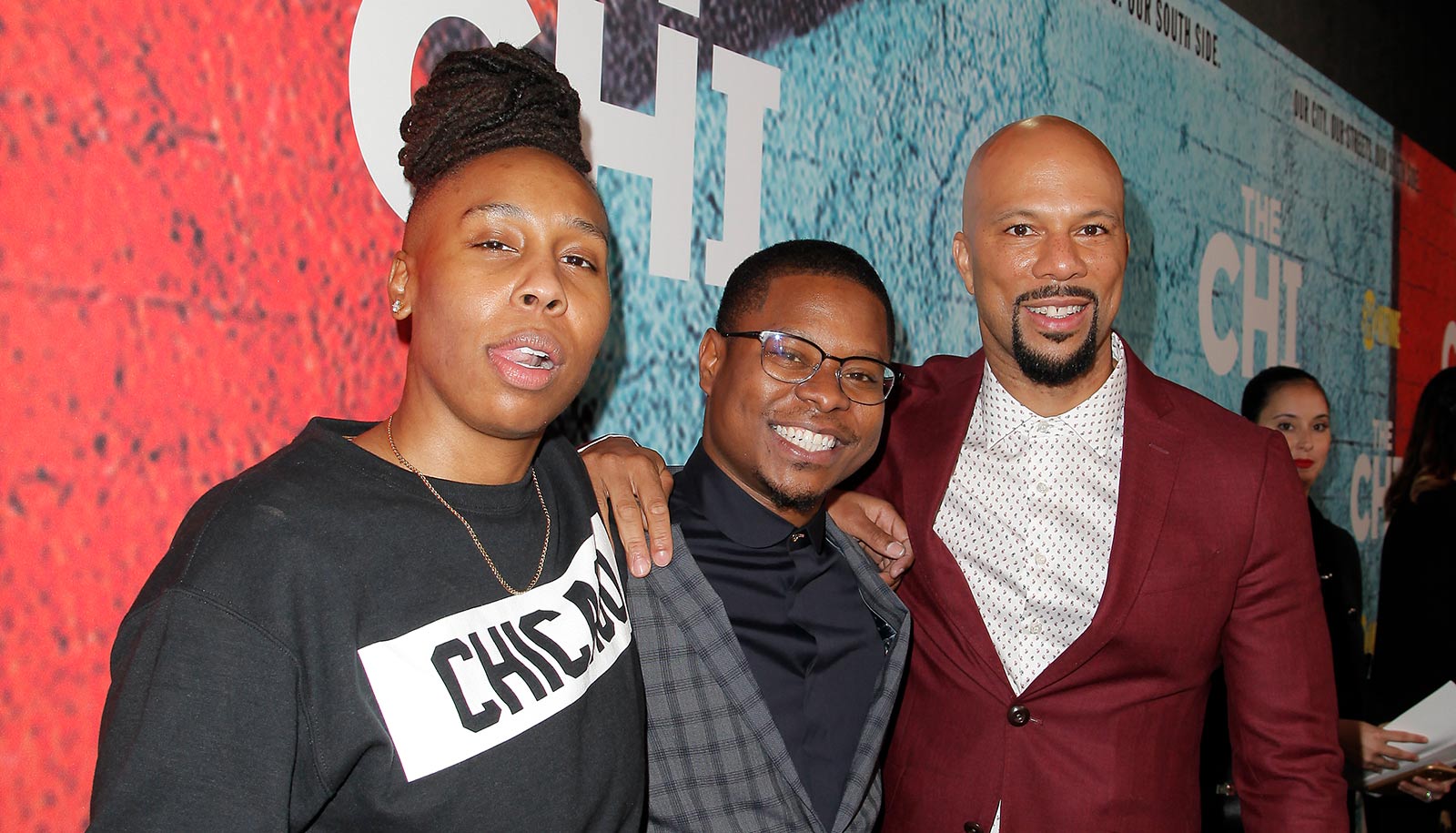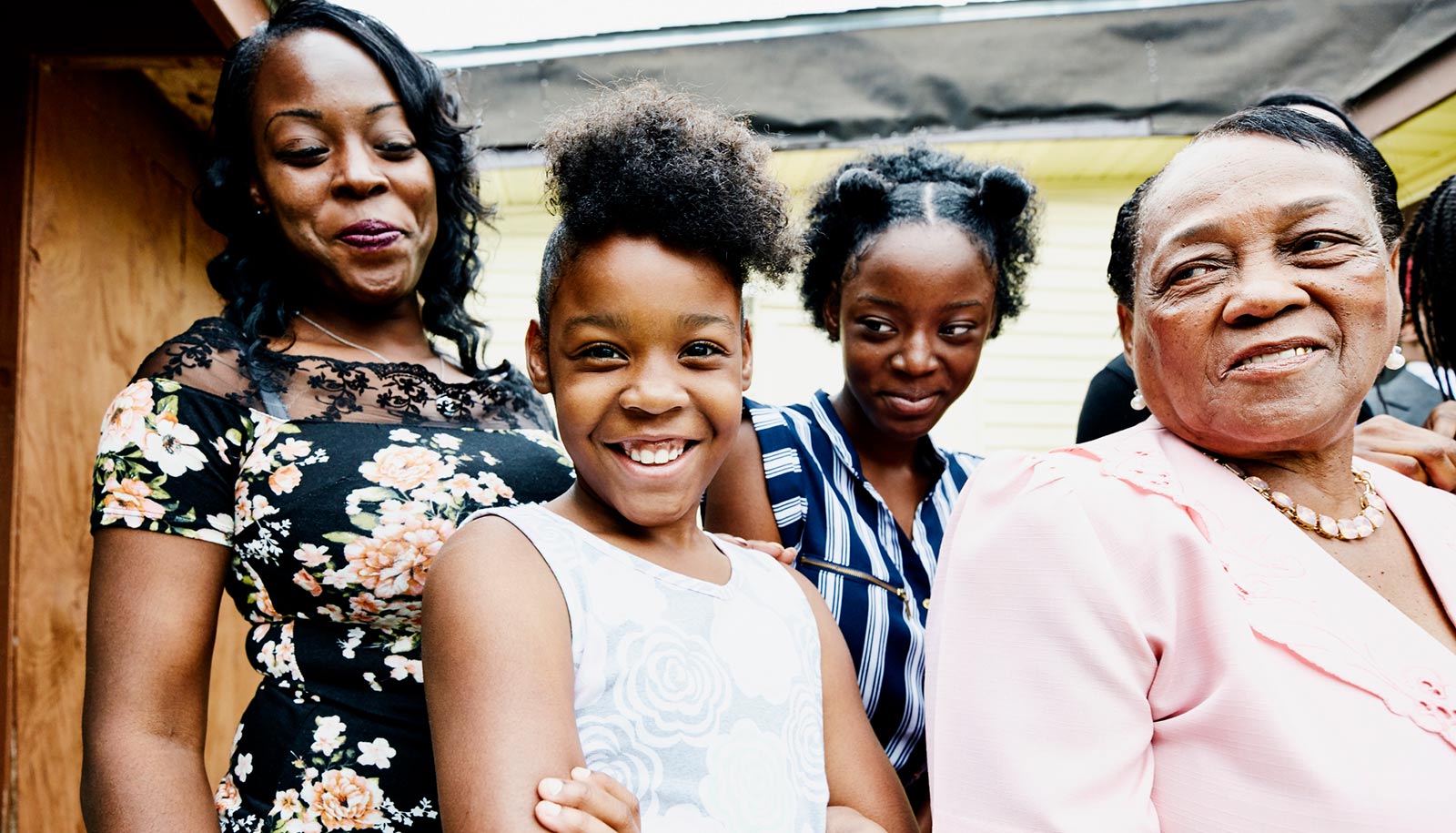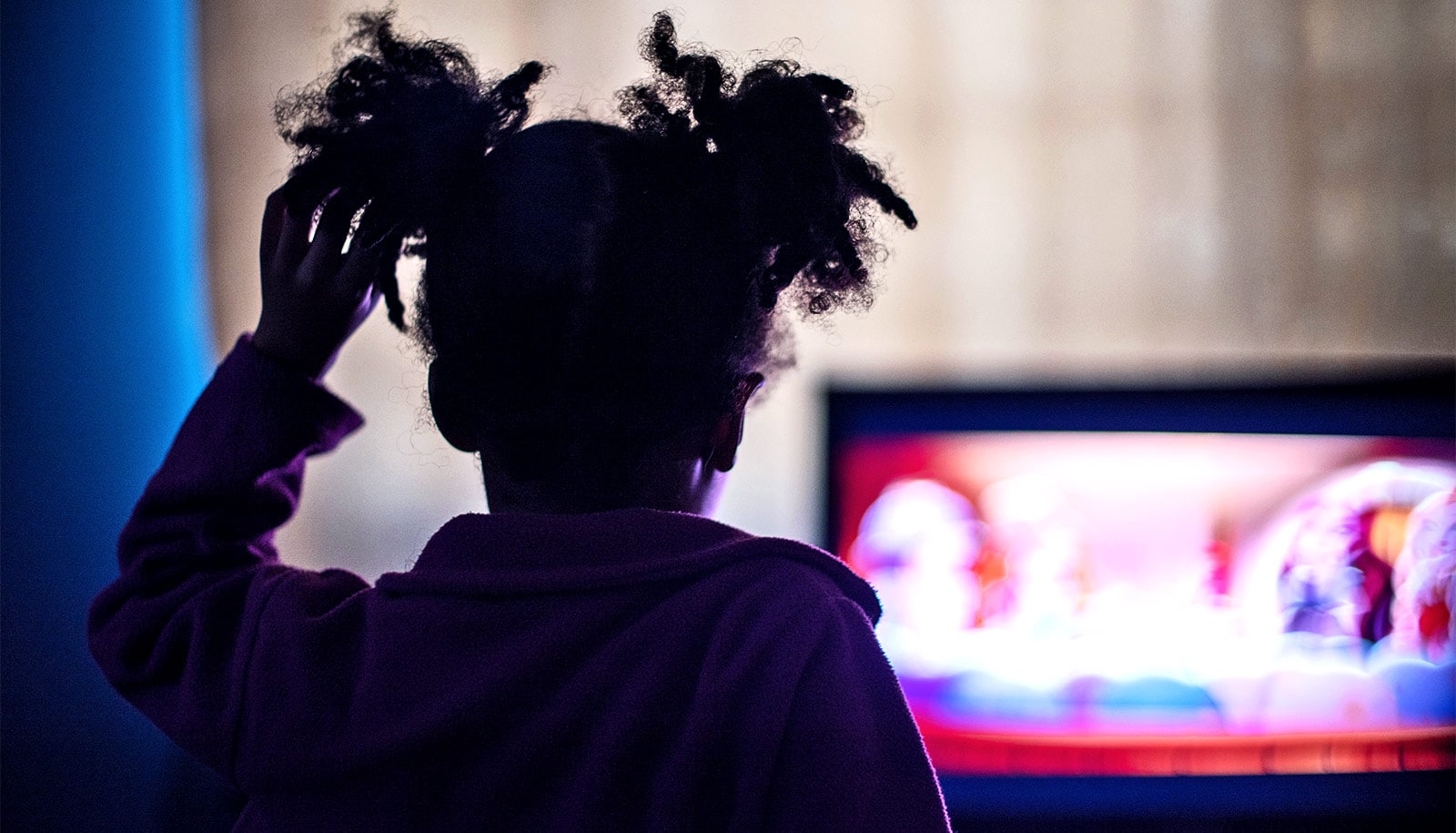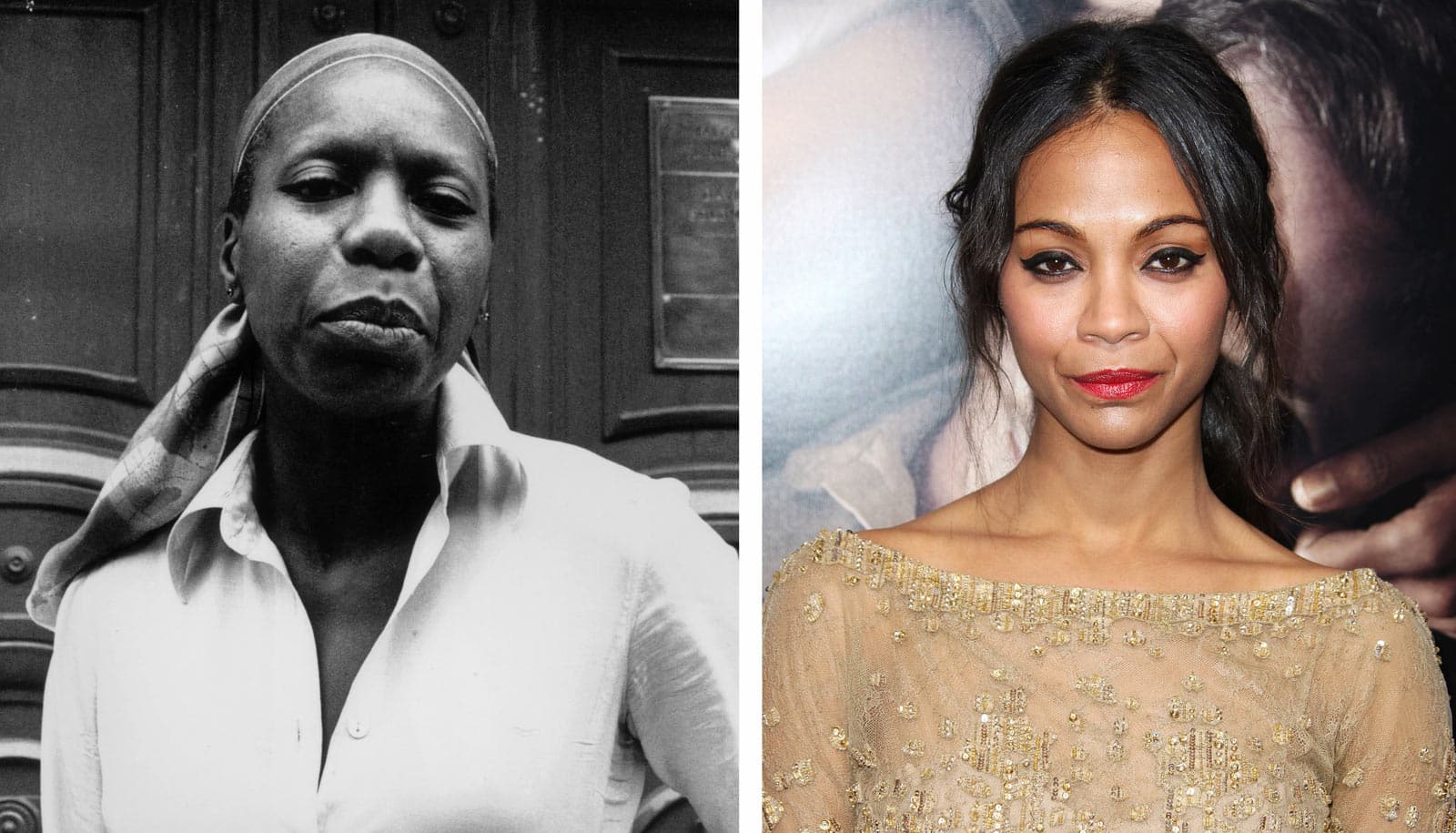Television has been “a primary source of America’s racial education,” according scholar Stephanie Troutman Robbins.
“We still need more critical, deliberate, and politically aware representations of Blackness for adults.”
Troutman Robbins is the co-editor, along with Daniel J. Leonard, of Race in American Television: Voices and Visions that Shaped a Nation (Greenwood, 2021). Covering five decades, the two-volume encyclopedia explores representations of people of color in American television and examines how television has been a site for both reproduction of stereotypes and resistance to them.
Troutman Robbins is head of the gender and women’s studies department at the University of Arizona and an associate professor of gender and women’s studies and English in the College of Social and Behavioral Sciences.
Here, Troutman Robbins talks about the evolution of how Black people are depicted on TV, how an influx of media platforms is leading to more diverse stories about the Black experience, and where there’s room for improvement:
What are the main ways that TV’s depiction of Black people has changed over time?
Early television really reflected a very narrow representation of non-white characters. And a lot of the earlier characters were caricatures and racist depictions in many ways.
And then as time goes on, we start to see more Black folks and we start to see them move from peripheral or secondary characters into primary focus. But for a while in television, you had extremes. You had the Black criminal stereotype and all the negative tropes associated with Blackness on the one hand, and then you had good, assimilating, respectable Black characters on the other.
In the ’80s, The Cosby Show depicted a Black affluent family who were different from the way that Blacks were mostly portrayed in mainstream TV at the time. But in the show, issues were not dealt with in a very racially specific way. The show Black-ish comes along, some 20 or 30 years later, and it more explicitly engages with what it means to be Black in the context of being an affluent or professionally successful family.
As you get more representation, the representation gets more varied, more complex.
In Race in American Television, you talk about the development of the racially diverse ensemble cast, where race is insignificant to the character or plot, as well as colorblind casting. What are your thoughts on that?
In the ’80s and ’90s, there were more shows that brought together multiracial casts. These shows tended to look at identities in an apolitical kind of way. And we still have that today. There are folks who have a simplified understanding of diversity and just want to make sure that you’re not looking at a screen full of white people. But then there are shows that are more intentional about the integration.
Colorblind casting sometimes does not include a critical and authentic consideration of folks’ experiences and identities. It matters because there are certain things that take on a very different meaning depending on who is in the role. Say I have this character who’s an angry woman. It’s really different if she’s an angry white woman versus an angry Black woman because of the widely circulated, negative stereotype of the angry Black woman.
That being said, is it good for people to see shows with folks who are different co-existing and sharing spaces of work, community, family? It’s not a bad thing. But if it’s not deliberate and thoughtful, unfortunately it can perpetuate stereotypes even if that’s not the goal.
According to UCLA’s 2021 Hollywood Diversity Report, the number of Black characters on TV now matches and in some cases exceeds their representation in the general population. However, Black people are still underrepresented among the people shaping the stories, including show creators, directors, and writers. Why is this important?
First, I want to note that the institutions in our country function similarly, and television is an institution. We still see underrepresentation for Black faculty at universities, and in corporate settings and in other public spaces, sectors, and professions. This is still true in television, as well—but behind the scenes.
In TV, you’ve had BET (Black Entertainment Television) for a while producing Black shows. You have people like Ava DuVernay producing and writing Queen Sugar and, of course, one of the most successful TV producers and writers Shonda Rhimes, who writes in that multicultural space. But over the years, the writers’ rooms for TV shows have been, and in many cases continue to be, notoriously white.
However, with the various new streaming services and production companies, we’re starting to see more Black creatives get deals. And it matters. It’s one thing to put someone on screen, in front of the camera. It’s another thing to let someone—a Black writer/actress like Michaela Coel, for example—have creative control. Because something potentially different can happen when a Black woman writes a Black woman character, in terms of deciding on her thoughts and her feelings, her personality.
What are some developments you’ve seen recently in Black representation on TV?
Mainstream networks, and certain boutique networks in the past, had very specific types of Blackness that they were interested in exploring and were somewhat rigid in how they were willing to depict Black characters and experiences.
Now, with the influx of cable networks and digital platforms such as Netflix, there are more opportunities for people to engage with different and more complex stories about the Black experience and for Black people to find a reflection of themselves and their communities on TV. We’re seeing more of the very rich landscape of Blackness in the United States, including variations according to sexuality, socioeconomic status, and geographical location—shows like The Chi, created by Lena Waithe, and Insecure, created by Issa Rae, and even Pose, where family is defined as “chosen” rather than purely biological, and particular Black communities, including the LGBTQ community, are centered. This variety also includes shows set on college campuses like Dear White People, historical fiction shows like Lovecraft Country, and the multicultural superhero drama Watchmen.
In addition to more Black representation behind the camera, are there other areas that need improving?
I think what we have for kids is lacking. Disney has tried to amp it up with Coco and Moana and now Encanto. But we’ve yet to really see Blackness in that space. With the Princess and the Frog, the Black princess is a frog for most of the movie! We’ve got the shows Doc McStuffins and Gullah Gullah Island, but that is from way back (in 1994-1998).
As adults, we know that representation isn’t enough; it has to be meaningful and intentional. But when you’re little and before you’re critically developed to that extent, just the representation alone is a big deal.
So, I think we need more representation for young people. And we still need more critical, deliberate, and politically aware representations of Blackness for adults.
Source: University of Arizona



